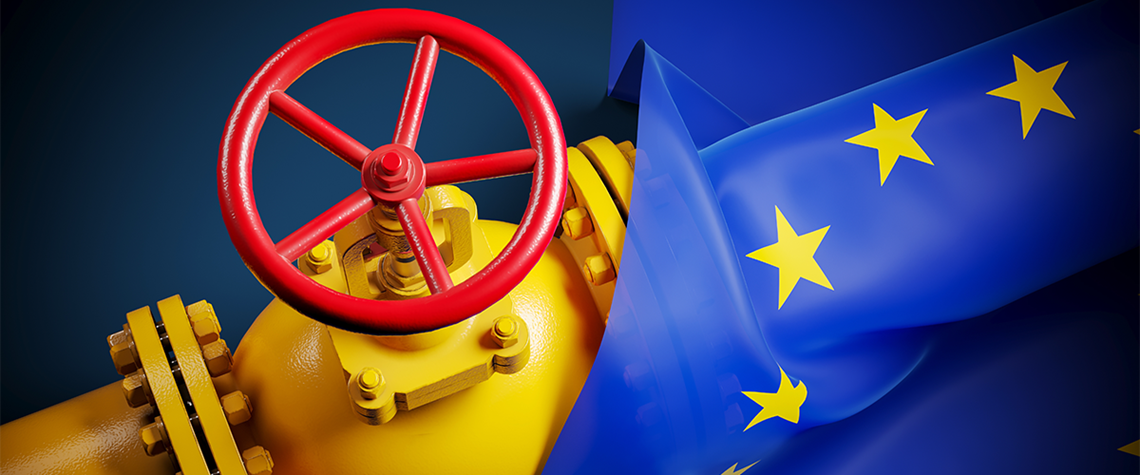Europe redraws lines on gas infrastructure map
The continent’s gas revamp looks to both LNG and nearby pipelines
Europe looked in a bind in 2022 as falling Russian imports caused gas prices to skyrocket. Infrastructure that had been built over decades to transport gas from Siberia to consumers in the EU was disabled or shut down in less than a year. More than 12 months after Russia’s invasion of Ukraine, the good news is Europe looks to be doing what is required to replace that infrastructure. The map of the continent’s gas infrastructure is set to be redrawn over the next few years as LNG terminals sprout up and pipelines are built to support and supplement the new gas imports. Russian gas imports fell precipitously last year, dropping from 167bn m³ in 2021 to 85bn m³ in 2022, with the remaining gas a

Also in this section
5 December 2025
Mistaken assumptions around an oil bull run that never happened are a warning over the talk of a supply glut
4 December 2025
Time is running out for Lukoil and Rosneft to divest international assets that will be mostly rendered useless to them when the US sanctions deadline arrives in mid-December
3 December 2025
Aramco’s pursuit of $30b in US gas partnerships marks a strategic pivot. The US gains capital and certainty; Saudi Arabia gains access, flexibility and a new export future
2 December 2025
The interplay between OPEC+, China and the US will define oil markets throughout 2026







